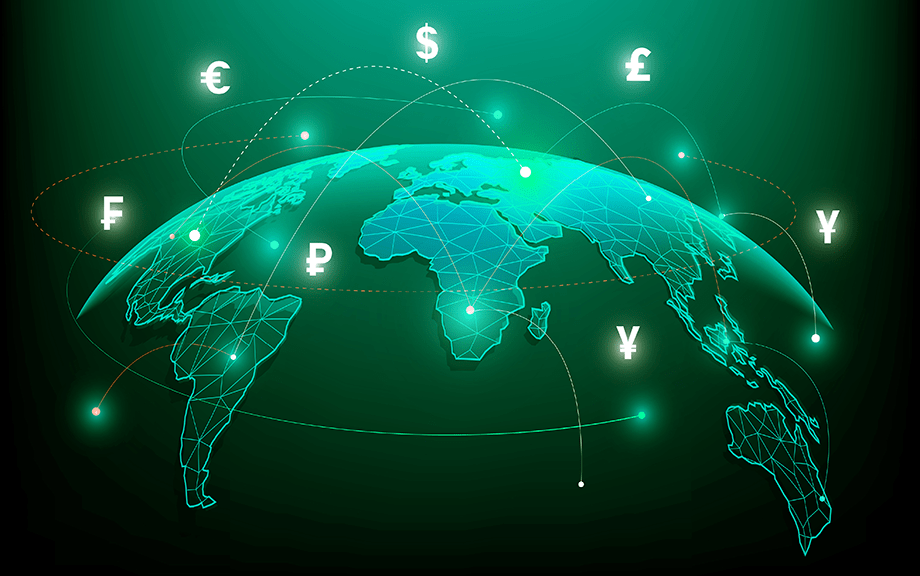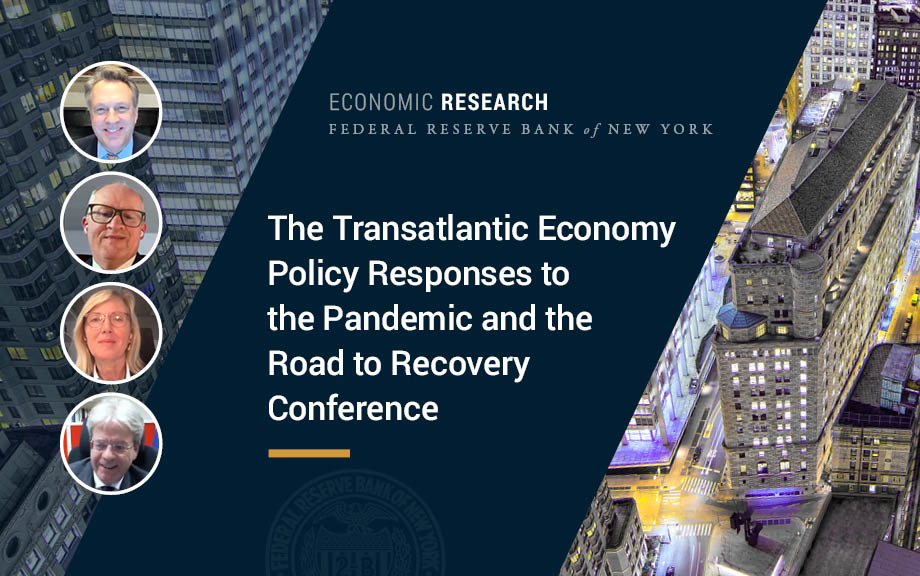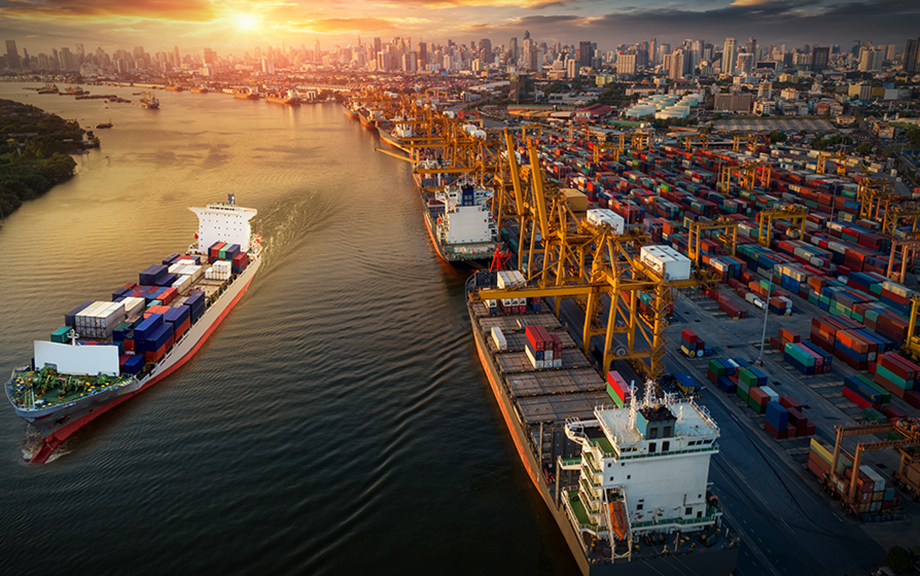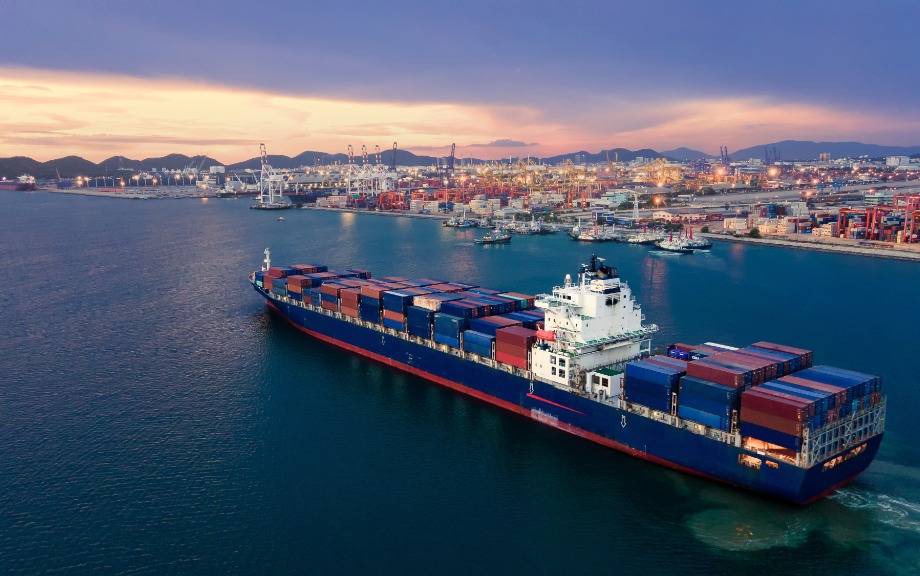Will Peak Demand Roil Global Oil Markets?

“Peak oil”—the notion that the depletion of accessible petroleum deposits would soon lead to declining global oil output and an upward trend in prices—was widely debated in the late 1990s and early 2000s. Proponents of the peak supply thesis turned out to be wrong, given the introduction of fracking and other new extraction methods. Now the notion of peak oil is back, but in reverse form, with global demand set to flatten and then fade amid growing use of EVs and other low-carbon technologies. The arrival of “peak demand” would turn global oil markets into a zero-sum game: Supply growth in one region or field would simply push down prices, driving out higher-cost producers elsewhere. A key question is how U.S. producers would adapt to the new market environment.
Monetary Policy Spillovers and the Role of the Dollar

In the literature on monetary policy spillovers considered in the two previous posts, countries that would otherwise operate independently are connected to one another through bilateral trade relationships, and it is assumed that there are no frictions in currency, financial, and asset markets. But what if we introduce a number of real-world complexities, such as a dominant global currency and tight linkages across international capital markets? Given these additional factors, is it still possible to draw generalized conclusions about international policy spillovers—and can we still think of them as a fundamentally bilateral phenomenon? In our third and final post, we explore these questions by focusing on two key elements in the determination of international policy spillovers: the U.S. dollar and the Global Financial Cycle.
How Household Saving Affects Monetary Policy Spillovers

As covered in the first post in this series, the international transmission of monetary policy shocks features positive output spillovers when the so-called expenditure-switching effect is sufficiently large. Departing from textbook analysis, this post zooms in on the implications of differences across market participants with respect to their consumption preferences and ability to insure against income risk. The key message is that these features can, at least theoretically, change the impact of spillovers from positive to negative as well as alter their overall magnitude. These aspects of the international transmission mechanism are especially relevant when addressing spillovers from advanced to emerging economies.
Monetary Policy Spillovers in the Global Economy

Understanding cross-border interdependencies and inspecting the international transmission mechanism of policy shocks is the raison d’être of open-economy macroeconomics as an intellectual discipline. The relevance for the policy debate is pervasive: over and over in the history of the international monetary system national policymakers have pointed at—and voiced concerns about—the effects of policy actions undertaken in foreign countries on the outlook and financial conditions in their own domestic economies. The most recent example involves the spillovers of tighter monetary policies aimed at addressing the inflationary spikes associated with the COVID-19 pandemic. In this three-part series, we provide a non-technical introduction to the multifaceted literature on global spillovers, building in particular on our own research. This post introduces the subject and offers an overview of the classic transmission channels.
The Transatlantic Economy Policy Responses to the Pandemic and the Road to Recovery Conference

The Federal Reserve Bank of New York, the European Commission, and the Center for Economic and Policy Research (CEPR) jointly organized the conference “Transatlantic Economic Policy Responses to the Pandemic and the Road to Recovery,” on November 18, 2021. The conference brought together U.S. and European-based policymakers and economists from academia, think tanks, and international financial institutions to discuss issues that transatlantic policymakers are facing. The conference was held before the Russian invasion of Ukraine and the global monetary tightening. Still, its medium to long-term focus provides interesting insights on economic policy challenges ahead.
Global Supply Chain Pressure Index: May 2022 Update

Supply chain disruptions continue to be a major challenge as the world economy recovers from the COVID-19 pandemic. Furthermore, recent developments related to geopolitics and the pandemic (particularly in China) could put further strains on global supply chains. In a January post, we first presented the Global Supply Chain Pressure Index (GSCPI), a parsimonious global measure designed to capture supply chain disruptions using a range of indicators. We revisited our index in March, and today we are launching the GSCPI as a standalone product, with new readings to be published each month. In this post, we review GSCPI readings through April 2022 and briefly discuss the drivers of recent moves in the index.
High Import Prices along the Global Supply Chain Feed Through to U.S. Domestic Prices

The prices of U.S. imported goods, excluding fuel, have increased by 6 percent since the onset of the COVID-19 pandemic in February 2020. Around half of this increase is due to the substantial rise in the prices of imported industrial supplies, up nearly 30 percent. In this post, we consider the implications of the increase in import prices on U.S. industry inflation rates. In particular, we highlight how rising prices of imported intermediate inputs, like industrial supplies, can have amplified effects through the U.S. economy by increasing the production cost of goods that rely heavily on these inputs.












 RSS Feed
RSS Feed Follow Liberty Street Economics
Follow Liberty Street Economics